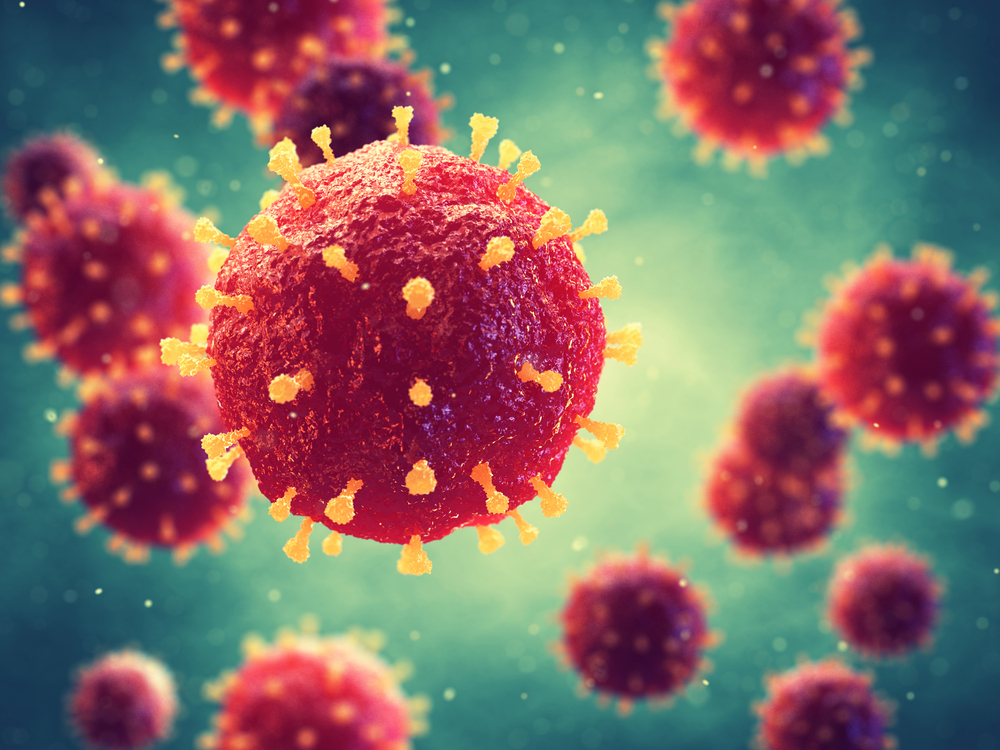RIPK1 Inhibitors Could Be Potential Therapeutic Agents for AAV Treatment, Study Suggests

RIPK1 inhibitors may one day treat patients with antineutrophil cytoplasmic antibody (ANCA)-induced vasculitis (AAV), a new study finds.
The study, “Necroptosis controls NET generation and mediates complement activation, endothelial damage, and autoimmune vasculitis,” appeared in the journal PNAS.
AAV is characterized by circulating antibodies (ANCA) against the proteins proteinase 3 (PR3) or myeloperoxidase (MPO), which are expressed on neutrophils and monocytes, two types of immune cells.
ANCA-activated neutrophils have been found to damage the endothelium, which is the layer of cells that line blood vessels. They also release harmful neutrophil extracellular traps (NETs), which are believed to promote injuries that lead to vasculitis.
However, the mechanism through which ANCA leads to NETs and the way NETs damage the endothelium is not clearly understood. To find out what is going on, German researchers set out to explore the mechanism.
Necroptosis is a form of regulated death that occurs in the endothelium of AAV patients. This process depends on receptor-interacting protein kinase (RIPK1/3) activation and subsequent phosphorylation — a type of chemical modification — of the protein mixed-lineage kinase domain-like (MLKL).
Researchers demonstrated that ANCA-induces NET generation through RIPK1/3 and MLKL-dependent necrosis. They showed through laboratory experiments that ANCA-induced NETs caused damage to endothelial cells, which compose the endothelium.
RIPK must be activated for the cells to generate NETs, while the small molecule necrostatin-1 (Nec-1) may be used to inactivate RIPK. Researchers showed that NETs were not produced when Nec-1 inhibited RIPK1. Moreover, NETs could be degraded through an enzymatic process, leading to a decrease in injury, indicating two potential ways to inhibit the formation of NETs.
Previous studies have shown that the alternative complement pathway (AP) plays a role in AAV pathogenesis and damage. C5a is a molecule that is part of AP; clinical trials are now testing inhibition of C5a. Researchers showed that NETs were able to act as a scaffold for AP activation, which damaged the endothelium.
Furthermore, researchers used a mouse model of AAV to show that NETs require the RIPK1/3/MLKL-dependent pathway for disease-related damage. In this way, they could identify and experimentally demonstrate the mechanism ANCA-induced neutrophil use to form NETs, which led to necroptosis and endothelial damage in both lab and animal experiments.
“Pharmacologic RIPK1 inhibitors are currently in Phase II clinical trials for the treatment of inflammatory bowel diseases, ulcerative colitis, psoriasis, rheumatoid arthritis (GSK2982772), and other indications,” authors concluded. “Repurposing these drugs for the treatment of AAV seems reasonable.”





